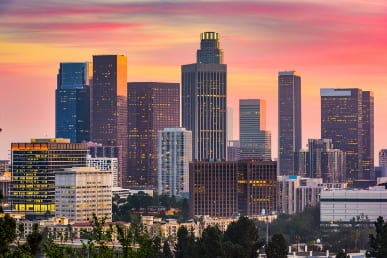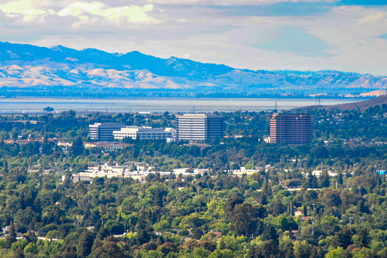By Attorney Brittany M. Milliasseau & Nancy E. Miller
 Over the last few months there have been numerous changes in immigration law and policy. In fact, it is extremely difficult to browse through a newspaper or flip through television channels without reading or hearing at least one story about immigration. While many of the headlines have focused on topics such as Deferred Action for Childhood Arrivals (DACA), the travel ban, immigration raids, and the end of Temporary Protected Status for thousands of individuals from war torn and disaster stricken countries, there have also been several changes in employment-based immigration that generally have not been as extensively covered by mainstream news media.
Over the last few months there have been numerous changes in immigration law and policy. In fact, it is extremely difficult to browse through a newspaper or flip through television channels without reading or hearing at least one story about immigration. While many of the headlines have focused on topics such as Deferred Action for Childhood Arrivals (DACA), the travel ban, immigration raids, and the end of Temporary Protected Status for thousands of individuals from war torn and disaster stricken countries, there have also been several changes in employment-based immigration that generally have not been as extensively covered by mainstream news media.
One particular employment-based immigration program that has seen various changes within the last few months has been the H-1B program, which allows companies in the United States to temporarily employ foreign nationals in a “specialty occupation.” A “specialty occupation” is an occupation that requires theoretical and practical application of a body of highly specialized knowledge and attainment of a bachelor’s degree. Certain positions that may qualify as specialty occupations include engineers, teachers, physicians, lawyers, and architectures.
Traditionally, one of the biggest hurdles to obtaining an H-1B visa was being selected in the H-1B lottery system. The yearly number of H-1B visas allocated by Congress is 65,000, with an additional 20,000 allocated for individuals who have earned a Master’s degree or higher from a U.S. university. Typically, there are far many more H-1B petitions submitted to U.S. Citizenship and Immigration Services (USCIS), which creates the need for a computer-generated random selection process, or H-1B lottery system. For example, last year USCIS received nearly 200,000 H-1B petitions during the filing period. As mentioned above, traditionally one of the most difficult parts of the H-1B application process was actually getting selected in the lottery, however as of recently, selection under the H-1B Cap is just where the process begins as adjudication of H-1B applications has become highly scrutinized.
In April 2017, President Trump signed an executive order titled “Buy American and Hire American” which was aimed at creating higher wages and employment rates for U.S. workers and protecting their economic interests. The executive order specifically discussed the H-1B visa program and directed federal agencies to make sure that H-1B visas are awarded to the “most-skilled or highest-paid petition beneficiaries.” Following the implementation of this executive order, there have been widespread reports of governmental challenges to H-1B visa adjudication such as an increase in the number of Requests for Evidence (RFEs) issued by USCIS. Certain reports show an increase of 44% as compared with last year. In addition, USCIS updated its policy guidance instructing officers to apply the same level of scrutiny to both initial H-1B petitions and requests for H-1B extensions. As a result, individuals who have been in H-1B status for many years have begun receiving complex RFEs or even denials, after USCIS has already previously approved their application. Under prior policy, officers were allowed to give deference to the findings of a previously approved petition as long as certain elements were unchanged and there was no evidence of fraud, however this is no longer the case. In addition to substantive changes, USCIS also slowed down the H-1B adjudication process by suspending “premium processing” of all H-1B petitions which has resulted in lengthy adjudication times, often placing a strain on employers and beneficiaries.
Recently, reports surfaced stating that the Department of Homeland Security (DHS) was considering new regulations that would change H-1B extension rules, limiting the ability of H-1B workers who are in the process of receiving their green cards to obtain H-1B extensions beyond the sixth-year maximum. While these rumors have been debunked, USCIS has confirmed that the “agency is considering a number of policy and regulatory changes to carry out the President’s Buy American, Hire American Executive Order, including a thorough review of employment based visa programs.”
As approvals of initial and extension H-1B petitions become increasingly difficult, it is now more important than ever to ensure that you are represented by knowledgeable and highly competent immigration counsel throughout the entire H-1B application process. During the first week of April, USCIS will begin accepting H-1B cap-subject petitions. As such, it is important to consult with an experienced immigration attorney as soon as possible to begin the preparation process as well as to discuss options in the event of a petition rejection or issuance of a complex RFE. It is also important to meet with an experienced immigration attorney to explore whether an H-1B visa is the most suitable option for you or your company.




